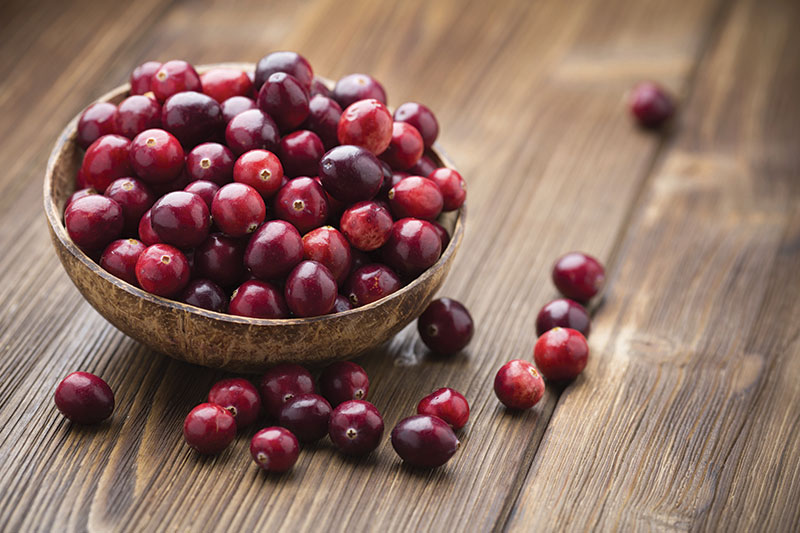Native Americans used the juice from cranberries as a dye for a number of different materials. They mixed deer meat and mashed cranberries to make pemmican—a survival food. They also believed in the medicinal value of cranberries—long before science discovered its health benefits.
A 2014 study published in Nutrients, a peer-reviewed scientific journal published by MDPI, identified a correlation between cranberry juice consumption and healthy body composition. This study is among many that outline the health benefits of cranberries. Previous studies have observed similar associations with 100 percent cranberry juice, but this study is one of the first to observe a correlation between healthy body composition and cranberry juice cocktail specifically.
So what came out of the study? A distinct connection exists between cranberry juice consumption and smaller waistlines. Cranberry juice consumers were predisposed to be less obese as compared to non-consumers.
“The correlation between cranberry juice consumption and its nutritive benefits are clear,” said Kiyah J. Duffey, Ph.D., Virginia Tech, first author on the paper. “While the data are preliminary, the results suggest that cranberry juice cocktail can provide positive benefits and be part of a balanced diet and healthy lifestyle.”
A study from the University of Wisconsin School of Medicine has added to the benefits of dried cranberries. Researchers identified a correlation between dried cranberry consumption and reduced incidence of urinary tract infections in susceptible women.
Patients consumed a daily serving (approximately one-third of a cup) of dried cranberries for two weeks. The result: More than half of the patients did not experience a urinary tract infection (UTI) within six months.
Upwards of 50 years of research has studied the effects of cranberry juice consumption on urinary tract health. But this particular study published in Nutrition Journal, is among the first to connect dried cranberry consumption with improved urinary tract health. The emphasis on the research is to find more natural remedies for treating UTIs. Americans spend over $8 billion dollars a year on health care treating UTIs—the second most common bacterial infection. With more than 15 million cases each year, traditional treatment methods utilizing antibiotics has contributed to antibiotic resistance.
It’s hard to believe that this tiny fruit contains whole body health benefits including cardiovascular, gastro-intestinal and general health and well-being. Full of polyphenols, the same nutrients found in wine, tea and certain other fruits. One hundred grams of cranberries (or 3 1/2 ounces) contain more polyphenolic antioxidants than the equivalent amount of strawberries, broccoli, white grapes, bananas or apples.
Cranberries also contain a unique antioxidant, proanthocyanidins or PACs, which are natural compounds that help cleanse the body by keeping certain bacteria from sticking. If that isn’t enough, this humble fruit contains flavonoids, a type of polyphenol found in colorful fruits and vegetables linked to improved cardiovascular and cellular health, reduced inflammation, and may protect against certain effects of aging

